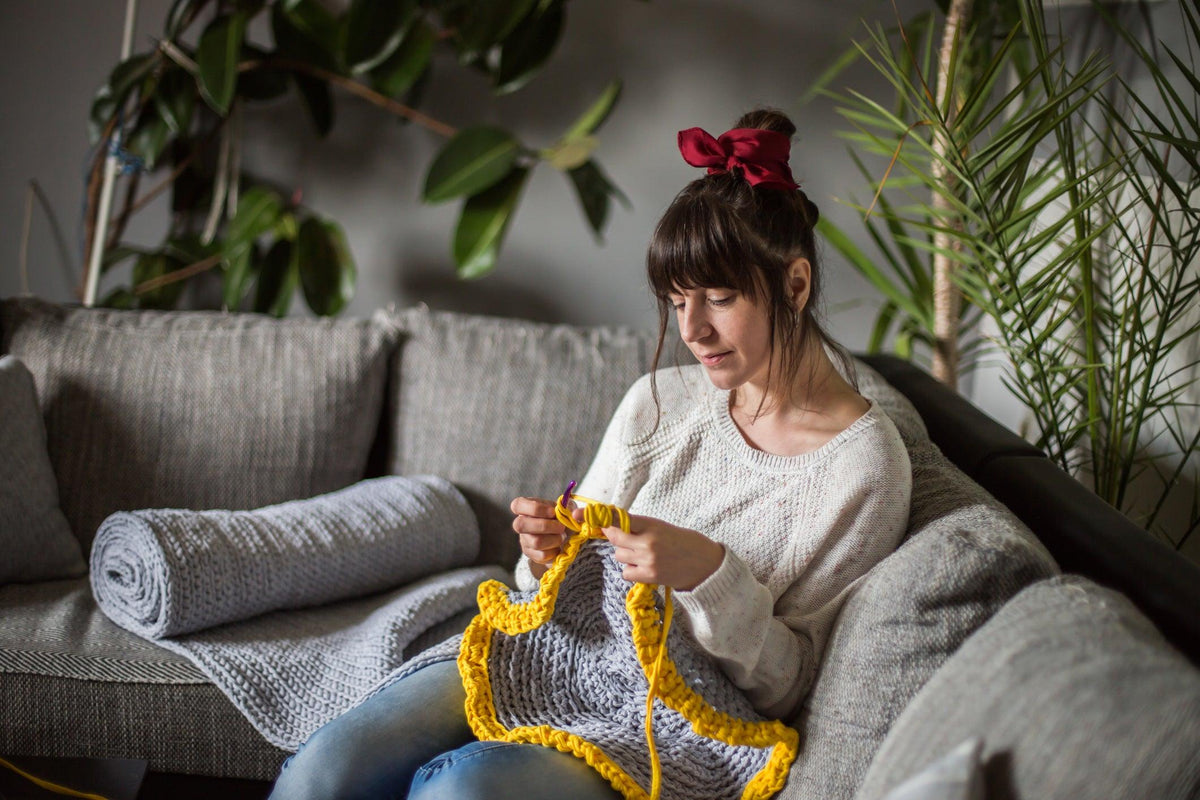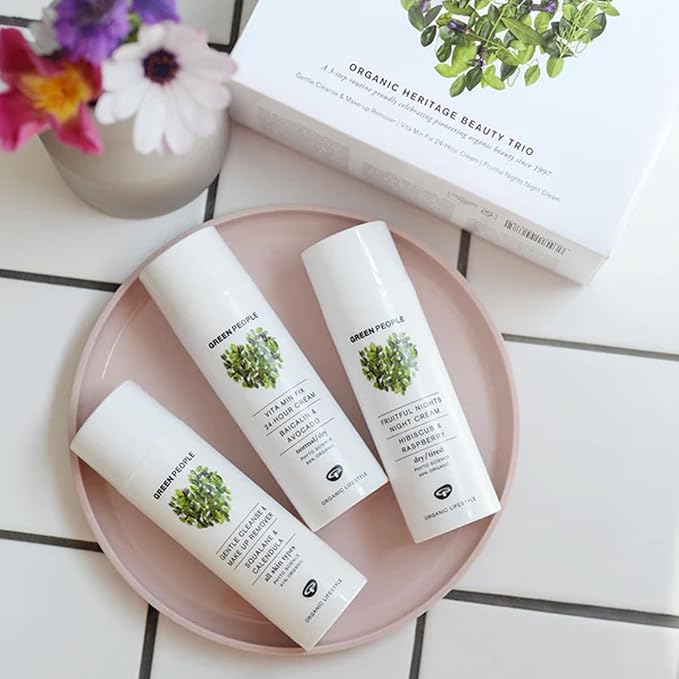A feature wall can instantly make a living room feel more intentional, adding depth and character without a full renovation. The key is choosing the right surface (often the wall behind the sofa, fireplace, or TV), then matching colour, texture, and lighting to the way you actually use the space. Deep blues, greens, and charcoals create a cosy, evening-friendly mood, while warmer terracottas and ochres bring energy for social rooms. If paint feels too simple, wallpaper, slatted panelling, or subtle texture can deliver impact without overwhelming the rest of your décor. Keep sight lines in mind, avoid walls broken up by doors and windows, and test samples across morning, afternoon, and lamp light before committing. At Friendly Turtle EcoBlog, we love home updates that look great and last: thoughtful choices, quality finishes, and flexible styling that won’t date after one season.
Share your articles with us and get published! Reach out at hello@friendlyturtle.com.
Eco-Friendly Indoor Hobbies: Creative Ways to Stay Sustainable

Hobbies are such an integral part of our everyday lives. They offer a welcome distraction from a stressful day and are a great way to channel our creativity after tedious work.
Since we spend so much time doing what we love, it’s worth asking ourselves: What can we do to make our hobbies a little bit more sustainable? This question allows us to do our part for the planet while still enjoying our creative activities. But how exactly can we do that? Keep reading for some handy tips!
-
Reduce, reuse, repurpose, and upcycle
It probably comes as no surprise that the surest way to reduce your environmental impact is to mindfully reduce your consumption of new products. However, sometimes we rely on materials to keep our hobbies going. In that case, your best bets are reusing, repurposing, and upcycling materials as sustainable practices.
Of course, this will look different depending on your specific hobbies. For avid readers, this can mean a trip to the local secondhand bookstore or organising a book swap with friends and family. If you’re into knitting or crocheting, you can think of creative ways to use leftover yarn from other projects or reuse materials from an old cardigan you know you’re not going to wear anymore.
With a bit of creativity, the eco-friendly possibilities are endless!
-
Prioritise local products
If you do require new materials after all, try to opt for locally-sourced products. Ideally, they’ll also be environmentally-friendly ones, such as natural fibres or recycled paper or cardboard for crafting projects.
You can also take a look at local businesses or thrift stores. Most times, local suppliers and craft fairs will carry similar products to those you’d find at larger stores, but offer a reduced environmental impact. At the same time, thrift stores can be a real treasure trove for the creative mind - all it takes is some vision and time to look around and picture your next project with the hidden gems you find there.
-
Use technologies wisely
For the gamers out there, there are still plenty of ways to make your hobbies more sustainable. For instance, instead of buying physical copies of your favourite video games, you can purchase physical downloads instead. This way, you can reduce the need for plastic packaging and disks, as well as for transportation of the product to your home.
The same goes for readers: you can invest in an e-reader if you’re looking to minimise the environmental impact of printing physical books. You can also make a difference by reducing the amount of energy you use to power your devices.
For instance, you can avoid leaving your appliances on standby mode and unplug them once you’ve finished using them. If you’re able to, you can take it a step further and even make adjustments to the energy sources themselves. You can read more about this below.
-
Make sustainable changes to your home
If it’s feasible for you, you might be willing to take your indoor hobbies to the next level of sustainability by making some changes to the very space in which you enjoy your creative activities: your home.
For instance, you can invest in solar panels, which can generate enough electricity to power your devices if you’re into gaming or watching movies and TV shows. At the same time, you can make some changes to your heating systems and insulation to ensure that you’re not wasting any energy while you cosy up indoors to pursue your hobbies.
However, the main thing you’ll need to consider when it comes to these sustainable strategies is that they can be quite expensive. For instance, if you’re looking to adjust your insulation, you will want to look into things like the cost of double glazing windows for a 3 bed house in the UK. Or maybe you want to look into the price of solar panels.
Whatever it is, be sure to weigh the financial implications of upgrading your energy systems against how much time you spend indoors enjoying your hobbies. This way, you can determine whether investments in sustainable, energy efficient solutions are worth it for you.
Conclusion
Hopefully these tips have inspired you to make some sustainable adjustments to your creative activities. Of course, before implementing any changes, you’ll need to give some serious thought to their feasibility. However, it’s important to remember that any environmentally-friendly change, big or small, can help you make a difference one hobby at a time!
0 comments
Let customers speak for us
Blog posts
Good oral health starts long before the first wobbly tooth. When children learn simple routines early, they’re far more likely to avoid cavities, gum irritation and the stress of emergency appointments later on. Begin with regular dental check-ups so small issues are spotted quickly and visits feel normal, not scary. At home, let your child choose a toothbrush they actually like, then guide them through gentle circular brushing for two minutes, twice a day. Add flossing as soon as teeth touch, and keep it upbeat with a short story or a timer song. For a more planet-friendly routine, pick durable brushes (or responsibly sourced bamboo), turn off the tap while brushing, and choose refillable or recyclable packaging where possible. Friendly Turtle EcoBlog shares practical, low-waste lifestyle ideas like these, helping families build habits that protect little smiles while treading lighter on the Earth.
Preventive care is one of the kindest, most sustainable choices you can make for your pet. Many health problems start quietly: a little plaque, a mild itch from parasites, a gradual dip in energy, or stiffness that only shows up after rest. Left alone, these “small” issues can build into painful dental disease, weight-related strain on joints, or conditions that affect the heart, lungs, liver, or kidneys. In this Friendly Turtle EcoBlog guide, we share practical habits that protect pets over time, from parasite control and lifestyle-led vaccinations to age-appropriate nutrition, daily movement, and simple grooming checks that spot changes early. Consistent routines also matter more than most owners realise, helping you notice subtle shifts before they become expensive emergencies. The goal is not perfection, but steady, evidence-led care that keeps your companion comfortable, active, and thriving for longer.



